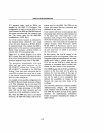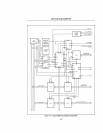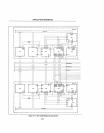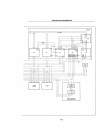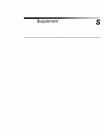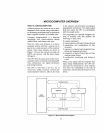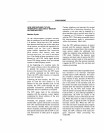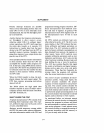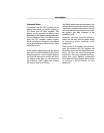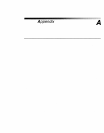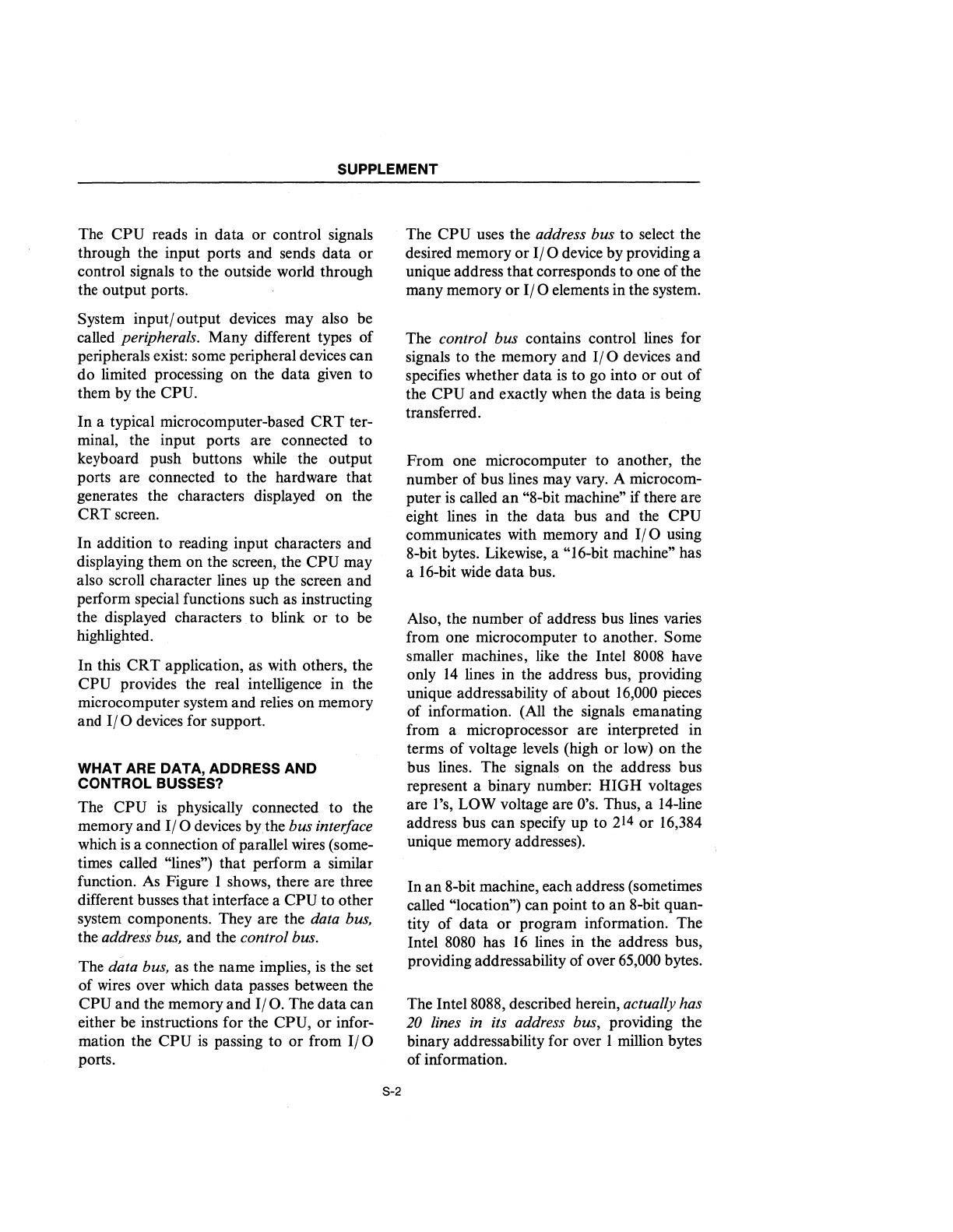
SUPPLEMENT
The CPU reads in data or control signals
through the input ports and sends data
or
control signals to the outside world through
the output ports.
System inputloutput devices may also be
called peripherals. Many different types of
peripherals exist: some peripheral devices can
do limited processing on the data given to
them by the
CPU.
In
a typical microcomputer-based
CRT
ter-
minal, the input ports are connected to
keyboard push buttons
while
the output
ports are connected to the hardware that
generates the characters displayed on the
CRT screen.
In addition to reading input characters and
displaying them on the screen, the
CPU may
also scroll character lines up the screen and
perform special functions such as instructing
the displayed characters to blink
or
to be
highlighted.
In this
CRT
application, as with others, the
CPU provides the real intelligence in the
microcomputer system and relies on memory
and
110 devices for support.
WHAT ARE DATA, ADDRESS AND
CONTROL BUSSES?
The CPU
is
physically connected to the
memory and
110 devices
bY,the
bus interface
which
is
a connection
of
parallel wires (some-
times called
"lines") that perform a similar
function.
As
Figure I shows, there are three
different busses that interface a
CPU to other
system components. They are the data bus,
the address bus, and the control bus.
The data bus, as the name implies,
is
the set
of
wires
over which data passes between the
CPU and the memory and
1/0.
The data can
either be instructions for the
CPU, or infor-
mation the
CPU
is
passing to
or
from
1/0
ports.
8-2
The
CPU
uses the address bus to select the
desired memory or
110 device by providing a
unique address that corresponds to one of the
many memory
or
110 elements in the system.
The control bus contains control lines for
signals to the memory and
110 devices and
specifies whether data
is
to go into or out
of
the CPU and exactly when the data
is
being
transferred.
From one microcomputer to another, the
number of bus lines may vary. A microcom-
puter
is
called
an
"8-bit machine" if there are
eight lines in the data bus and the
CPU
communicates with memory and 110 using
8-bit bytes. Likewise, a
"16-bit machine" has
a 16-bit
wide
data bus.
Also, the number of address bus lines varies
from one microcomputer to another. Some
smaller machines, like the Intel
8008
have
only
14
lines in the address bus, providing
unique addressability of about
16,000
pieces
of information. (All the signals emanating
from a microprocessor are interpreted in
terms of voltage levels (high or low) on the
bus lines. The signals on the address bus
represent a binary number: HIGH voltages
are I's,
LOW voltage are
O's.
Thus, a 14-line
address bus can specify up to
214
or
16,384
unique memory addresses).
In
an
8-bit machine, each address (sometimes
called
"location") can point to
an
8-bit quan-
tity of data or program information. The
Intel
8080
has
16
lines in the address bus,
providing addressability of over
65,000 bytes.
The Intel
8088, described herein, actually has
20
lines in its address bus, providing the
binary addressability for over 1 million bytes
of information.



